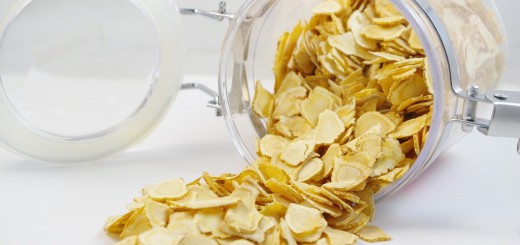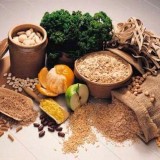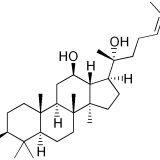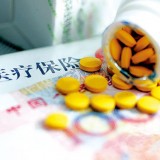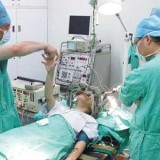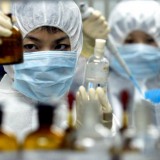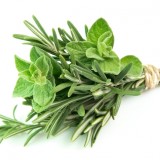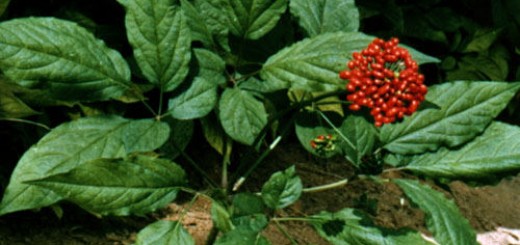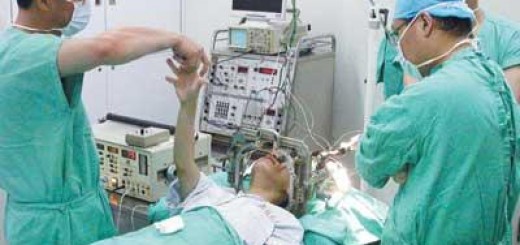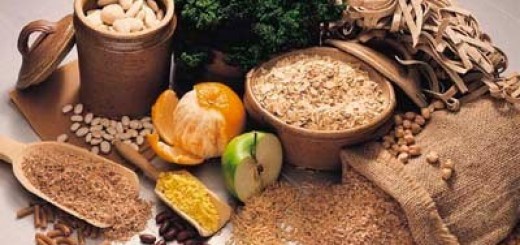Inflammation, which can be caused by pathogens like bacteria and viruses and non-infection factors such as poisons and disordered immune system, is a pathological process involved in many diseases. In non-infection inflammatory conditions, rheumatoid arthritis, chronic colitis, and chronic musculoskeletal pains are the most common health problems.
In the inflammatory course, the enrollment of macrophages plays a critical role as these cells produce important pro-inflammatory chemicals (tumor factor factor alpha / TNF-a and interleukins). With the persistant release of TNF-a and interleukins, the inflammatory process can be augmented in cascade, with resultant serious consequences.
A research conducted by Korean scientists found that ginsenoside Rb1 and its metabolite compound K can effectively inhibit the release of TNF-a and interleukins, making these two ginsenosides good candidates for anti-inflammatory drugs.
The study used liposaccharides to stimulate mouse peritoneal macrophages before ginsenoside Rb1 and its metabolite compound K were administered in attempt to mitigate the inflammatory course. Interestingly, the addition of Rb1 and compound K inhibited the activation of nuclear factor kB (NF-kB, one of the key factors in the regulation of inflammation). Other pivotal players tumor necrosis factor alpha (TNF-a), interleukin 1beta (IL-1b) and interleukin 6, which can augment the inflammation, were also inhibited.
In the animal model where TNBS was used to induce colitis, oral Rb1 and compound K could markedly inhibit the shortening and thickening of the colon wall, two indicators of colitis severity. Furthermore, the activity of myeloperoxidase (an enzyme involved in inflammatory response) was reduced by 84% and 88% by ginsenoside Rb1 and compound K. respectively. The study results also demonstrated compound K has a stronger anti-inflammatory effect than Rb1 does.
The study’s results suggest that ginsenosides, including Rb1 and compounds K, could be used to treat inflammatory diseases, such as colitis
Original paper was published on:Biochem Pharmacol. 2011 Aug 1;82(3):278-86
Ginsenoside Rb1 and its metabolite compound K inhibit IRAK-1 activation–the key step of inflammation.
Source
Department of Life and Nanopharmaceutical Sciences, Kyung Hee University, Seoul 130-701, Republic of Korea.
Abstract
In the preliminary study, ginsenoside Rb1, a main constituent of the root of Panax ginseng (family Araliaceae), and its metabolite compound K inhibited a key factor of inflammation, nuclear transcription factor κB (NF-κB) activation, in lipopolysaccharide (LPS)-stimulated murine peritoneal macrophages.
When ginsenoside Rb1 or compound K were orally administered to 2,4,6-trinitrobenzene sulfuric acid (TNBS)-induced colitic mice, these agents inhibited colon shortening, macroscopic score, and colonic thickening. Furthermore, treatment with ginsenoside Rb1 or compound K at 20mg/kg inhibited colonic myeloperoxidase activity by 84% and 88%, respectively, as compared with TNBS alone (p<0.05), and also potently inhibited the expression of tumor necrosis factor-α, interleukin (IL)-1β and IL-6, but increased the expression of IL-10.
Both ginsenoside Rb1 and compound K blocked the TNBS-induced expressions of COX-2 and iNOS and the activation of NF-κB in mice. When ginsenoside Rb1 or compound K was treated in LPS-induced murine peritoneal macrophages, these agents potently inhibited the expression of the proinflammatory cytokines.
Ginsenoside Rb1 and compound K also significantly inhibited the activation of interleukin-1 receptor-associated kinase-1 (IRAK-1), IKK-β, NF-κB, and MAP kinases (ERK, JNK, and p-38); however, interaction between LPS and Toll-like receptor-4, IRAK-4 activation and IRAK-2 activation were unaffected.
Furthermore, compound K inhibited the production of proinflammatory cytokines more potently than did those of ginsenoside Rb1.
On the basis of these findings, ginsenosides, particularly compounds K, could be used to treat inflammatory diseases, such as colitis, by targeting IRAK-1 activation.















